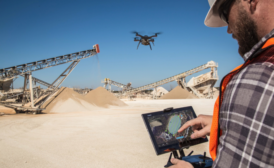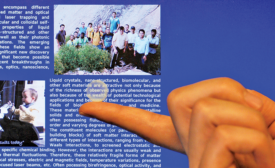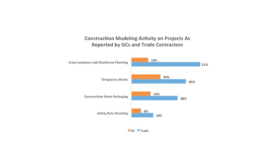Construction technology
Unlocking the Construction Data Treasure Chest
Mobilizing managing and linking construction industry data via the cloud opens a world of possibilities
Read More
Researchers Developing Energy-Saving Window Film
The low-cost coating can be used to retrofit windows for improved energy efficiency without having to replace them
Read More
New Survey Reveals How GCs, CMs and Subs Engage with BIM
Partners on construction teams have different perceptions about BIM, its use and benefits
Read More
Technological Progress
Which Was the True Golden Age of Engineering?
Figuring out when important inventions translate into better lives
Read More
The latest news and information
#1 Source for Construction News, Data, Rankings, Analysis, and Commentary
JOIN ENR UNLIMITEDCopyright ©2025. All Rights Reserved BNP Media.
Design, CMS, Hosting & Web Development :: ePublishing











